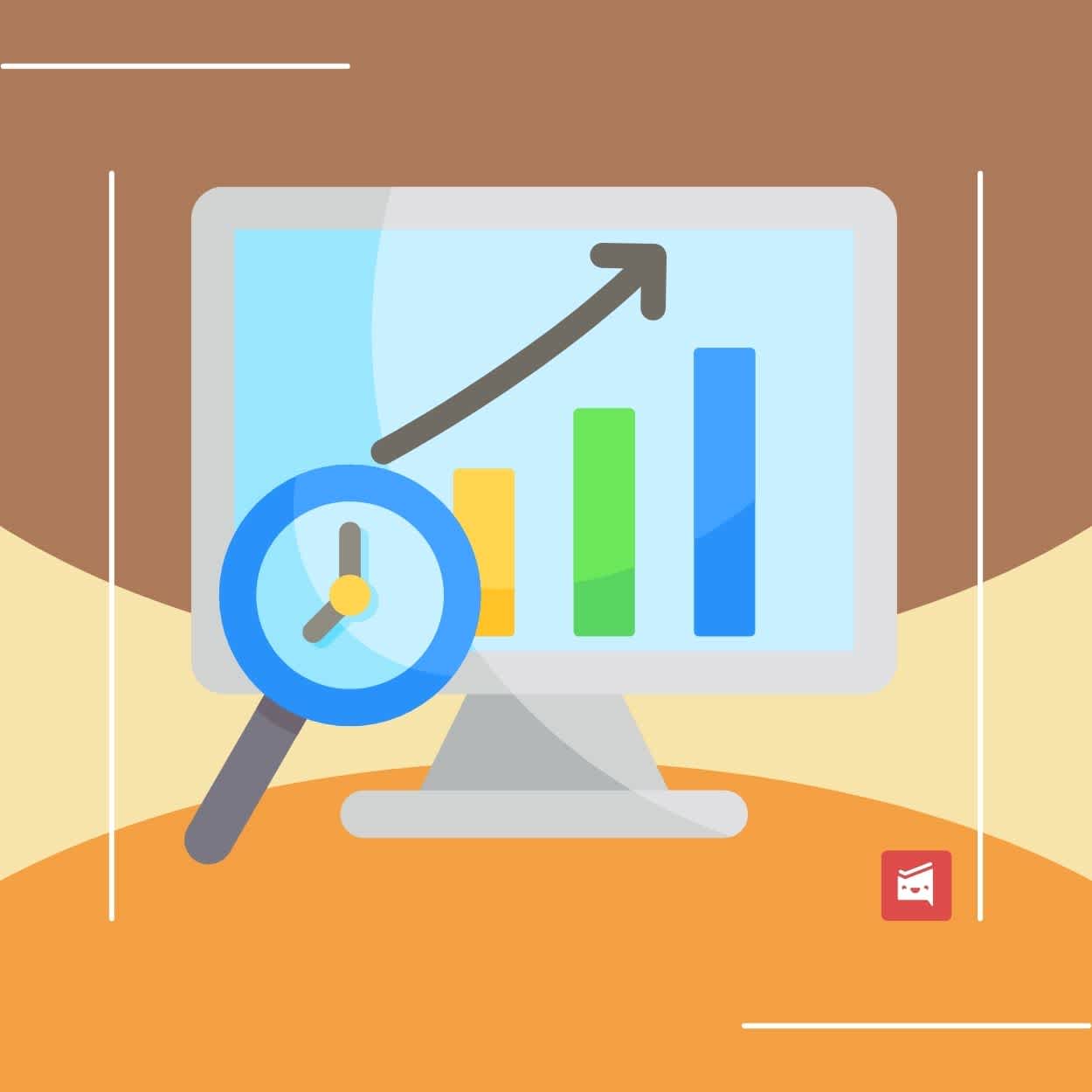Why Choose Reverse ETL Tools for Real-Time Analytics
ByJulian Gette
Workast publisher

Workast publisher
In the rapidly growing field of data analytics, organizations always look to make decisions faster. This efficiency is made possible by crucial driving factors, like using reverse ETL tools. These tools are changing the way businesses use data, enabling them to make real-time analytics more straightforward to use. Companies that appreciate their role assignment can vastly improve their decision-making.
Reverse ETL is a process that extracts data from data warehouses and sends it to operational systems. Unlike traditional ETL (Extract, Transform, Load), where data is moved from operational databases to warehouses, reverse ETL works in the opposite direction. This method allows businesses to operationalize their data, ensuring that insights are not confined to analysts but are available across different departments.
With real-time data processing, we get immediate insights that, in turn, give organizations the ability to quickly adapt to changing conditions. Reverse ETL tools go beyond making these insights available only on dashboards or reports. They have become woven into the fabric of day-to-day operations and movements towards proactive strategies. For instance, marketing teams can change the spokes in campaigns in real-time, and sales teams can personalize pitches to potential clients using the latest data.
Higher-quality decision-making is one of the main benefits of reverse ETL tools. Having data available in real-time will ensure that companies’ decisions are based on the latest information. With this immediacy, businesses can spot trends and opportunities quickly. In competitive spaces, timeliness and the right strategies can provide an edge and decisively add value.
Reverse ETL tools help with better operational efficiency by eliminating the time-consuming manual transfer of data across software. It helps reduce errors and maintain uniformity on all platforms, allowing employees to focus less on managing data and more on strategic tasks. This increases productivity and improves competition since plans can now be executed efficiently, and the business can operate smoothly as well as respond easily to market demand.
Organizational collaboration is typically difficult due to data silos. These silos can lead to departments having different versions of the data, which makes reverse ETL tools the perfect solution. Shared access promotes collaboration so that teams can work together seamlessly. For example, the alignment provided by shared customer insights can help a product development team work closely with the customer service department and come up with innovations to meet customer needs better.
Your storage needs change as you grow. Reverse ETL tools are flexible and enable scaling of operations without much rewiring. The flexibility to handle ever-growing volumes of data ensures businesses will always benefit from insights in real-time during growth. This flexibility is crucial for sustained growth since it enables organizations to seamlessly adapt to new data sources and systems.
Choosing the right reverse ETL tool requires attention to detail. Companies must evaluate their existing data infrastructure, functional requirements across departments, and plans for scaling. You need to use a tool that works with the current setup and has strong customer service support. Through this process, companies can rest assured that the tool will become an essential part of their data strategy.
For every organization, data security is a major concern. Sensitive information needs a proper security protocol to keep all sensitive data safe, so reverse ETL tools must comply with security standards. It is critical to ensure that these tools comply with industry standards and regulations. Adhering to this compliance helps build trust from both customers and partners and acts as the first bastion of protecting the business image.
Reverse ETL tools are increasingly vital for organizations seeking to harness the power of real-time analytics. By providing immediate access to actionable insights, these tools enable businesses to make informed decisions swiftly. They enhance collaboration, streamline operations, and offer the flexibility to adapt to changing demands. As companies continue to prioritize data-driven strategies, reverse ETL tools will play a crucial role in ensuring success.
